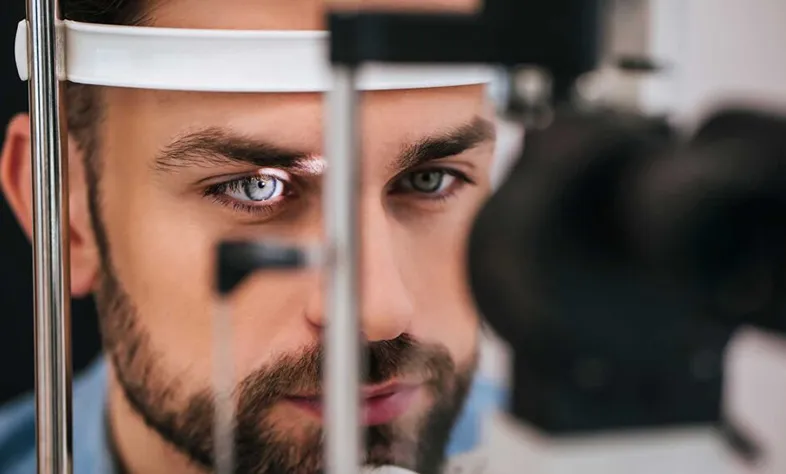Glaucoma : The Silent thief of eyesight

Glaucoma is second only to cataracts as the leading cause of preventable blindness in the world. Nearly 65 million people across the globe are affected by glaucoma. Glaucoma creates irreversible damage to the eyes that could even lead to blindness. But there are no symptoms early on, and about half of people with the disease are unaware that they have it. Because of the no-symptoms nature of this eye disease, it is known as the sneaky thief of sight. Up to 40% of eyesight can be lost by glaucoma without the patient noticing it. Once a person’s eyesight is lost by glaucoma, it can’t be reversed.
What is glaucoma?
Glaucoma is an eye disease that damages your eye’s optic nerve. This is caused by excess fluid build-up in your eye that destabilizes the pressure (intraocular pressure) in your eyes by increasing it. The increased pressure in your eyes damages the optic nerve.
The optic nerve is the connection bridge between our retina and brain. The visuals that fall on our retina are transmitted to the vision centres of the brain via the optic nerve. Now you understand how important it is to maintain our optic nerves health. The optic nerve has about 100 million neurons on it. The increased pressure in our eyes due to the fluid build-up damages the neurons gradually. Often, the patient would not notice the damage until it has progressed far enough to take away a noticeable percentage of eyesight.
There is no cure for this condition yet. Prevention and controlling the progress are the only ways to save our eyes from glaucoma. With early diagnosis and treatment, we can prevent glaucoma from progressing and causing blindness.
Types of glaucoma
Primary open-angle glaucoma
This is the most common type of glaucoma that is caused by fluid build-up in the eye. The eye should drain fluid as it builds up fluid. When the eyes do not drain fluid as they should, the fluid builds up creating pressure and damage to the optic nerve.
This is a gradual process, and it almost has no symptoms at first.
Closed-angle glaucoma
Some people’s iris is closer to the drainage angle in their eyes. There is a chance the iris might end up blocking the drainage angle. When this happens, the fluid builds up fast causing immediate eye pressure increase. This is called an acute attack, and it is an eye emergency. One might become blind unless they immediately seek medical help in such an event.
Symptoms of an acute attack
Who are at risk of developing glaucoma?
Anyone can develop glaucoma. But some people are at a higher risk of developing this sneaky eye disease.
It is important to have a comprehensive dilated eye check-up yearly to diagnose glaucoma and other eye diseases at the earliest. It is the only way to identify glaucoma. Once your ophthalmologist suspects glaucoma in your eyes, they will conduct a comprehensive glaucoma eye examination. Glaucoma damage is permanent. It cannot be reversed. But medicine and surgery help to stop further damage. Keep your eyes checked and save your eyes from this silent thief of sight.